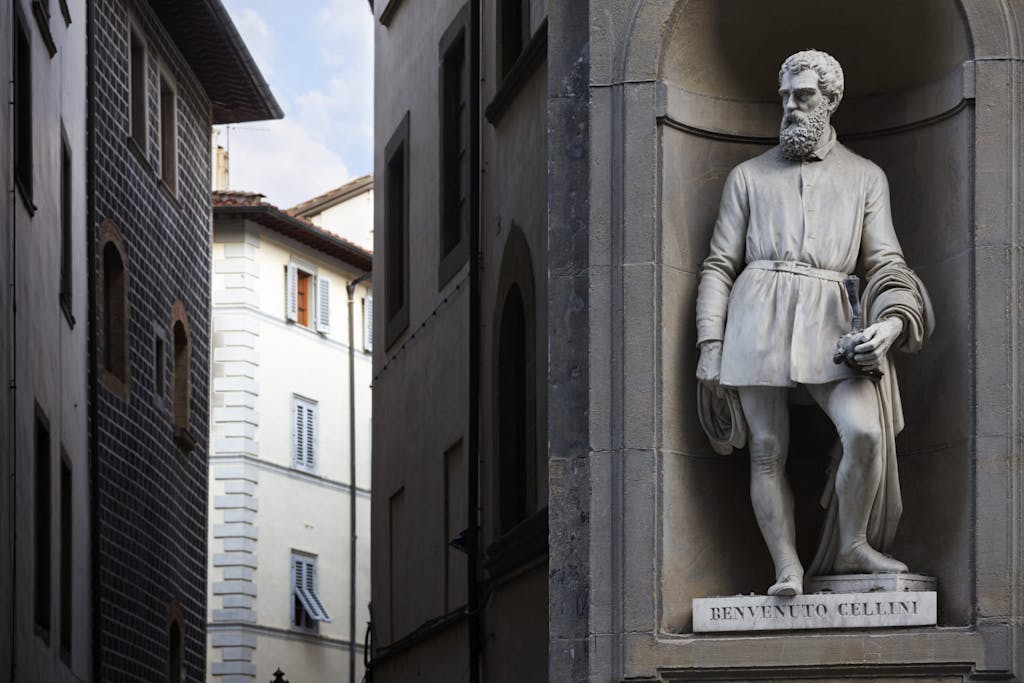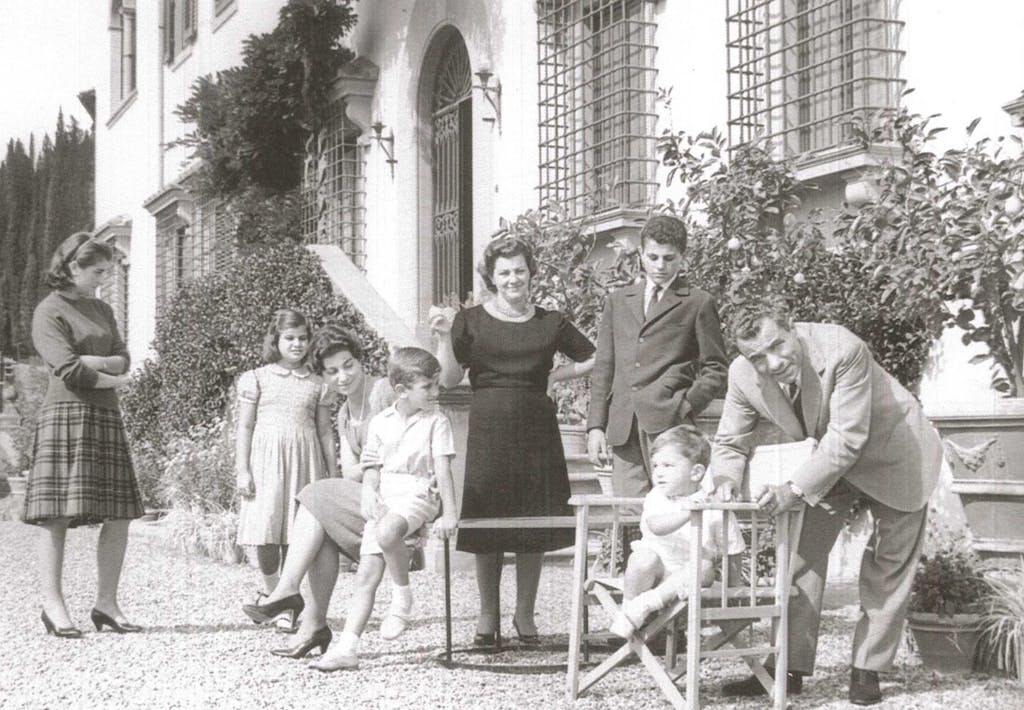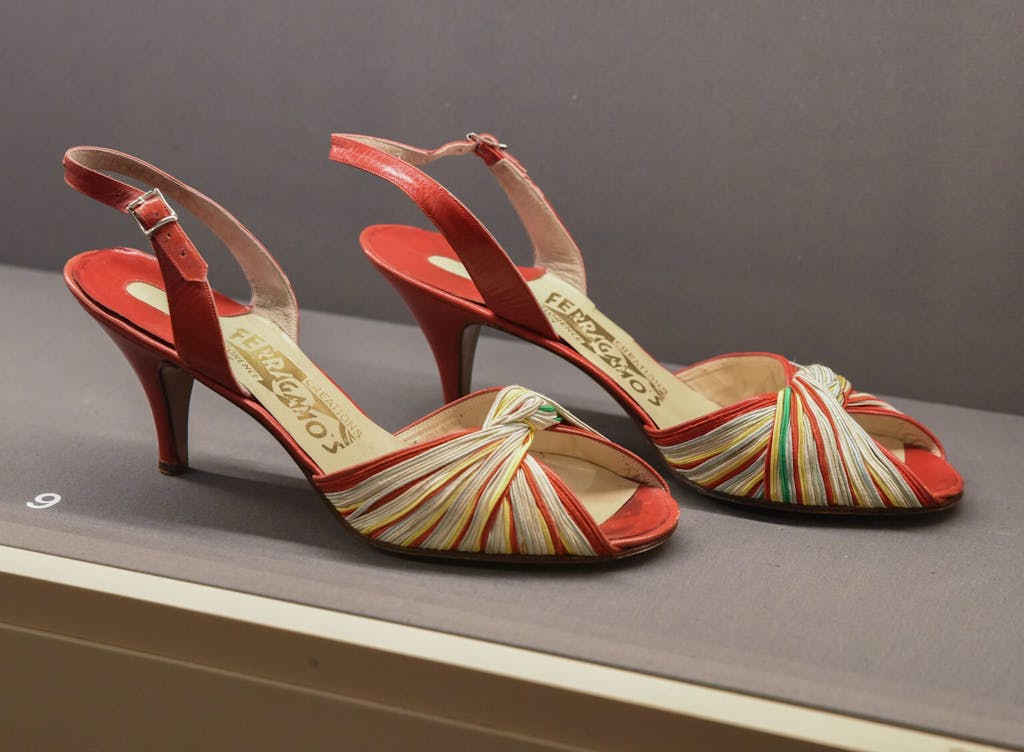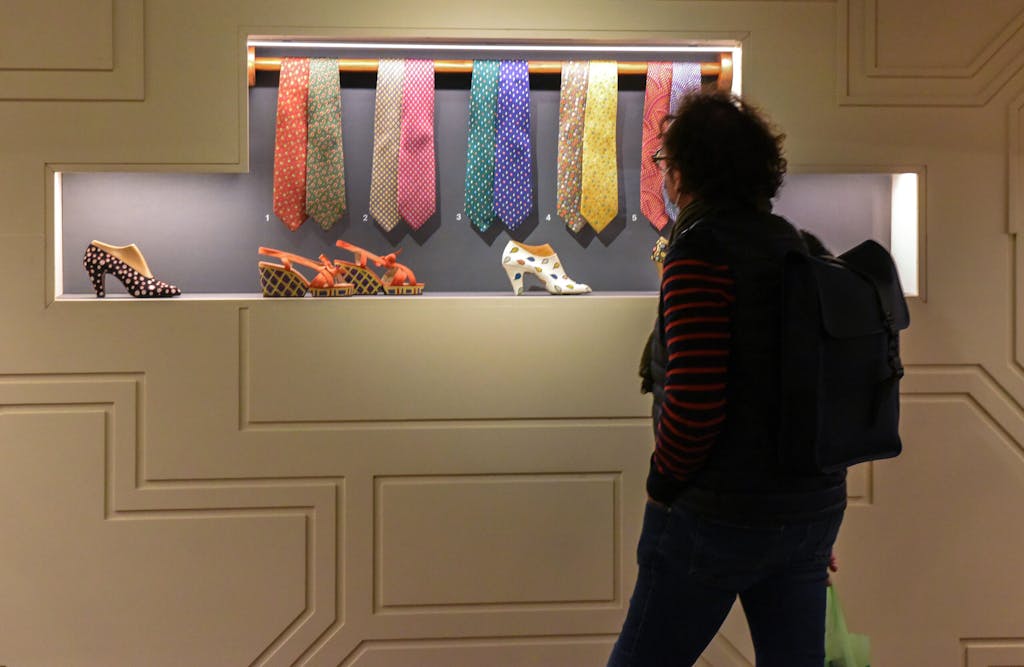Florence Fashion Museums Bring You the Stars of Style, Chic and Sizzle
Gucci, Cavalli, Ferragamo. Before Milan became Italy’s fashion hub, Florence held that title and spawned those revered brands, among others. Florence, the capital of Tuscany, remains such a significant source of design that Vogue magazine has described it as arguably the world’s “fifth fashion capital” after Paris, London, New York and Milan.
Florence was, after all, the epicenter of the Renaissance. This glorious era saw a cultural, artistic and intellectual rebirth after the Middle Ages, which was marred by plagues, violence and social regression. From the 14th to the 16th centuries, creativity soared, particularly in Renaissance Italy, where this movement began.
Florence was not only a global innovator in architecture, music, painting, sculpture and science but also a key source of the sartorial trends that royals, celebrities and elites across Europe adopted. Its influence on global fashion waned in the ensuing centuries, but in the early 1900s, Florence rose again.

Tourists can delve deeper into the city’s chic history at its array of impressive fashion museums. The grand Pitti Palace houses 6,000 costumes and accessories, dating to the 1700s and onward and form the collection of the Museum of Fashion and Costume.
The Textile Museum in Prato, about eight miles from Florence, explains and displays the many styles of fabric sourced from around the world that became popular in Florence fashion. The Museum of the Art of Wool, about 35 miles from Florence in Casentino, further showcases Italian fabrics. The Cerratelli Foundation, in San Giuliano Terme, about 65 miles from Florence, and the UNOAERRE Museum, about 45 miles from Florence in Arezzo, displays about 2,000 items of exquisite Italian jewelry.
The museums centered on Guccio Gucci and Salvatore Ferragamo are among the most interesting. The Gucci Museum, in Florence’s Piazza della Signoria, traces this company’s extraordinary arc. While admiring examples of some of the brand’s most iconic pieces of design, visitors learn how Gucci rocketed from one Florence shop, which sold imported luggage, to a powerhouse brand reportedly worth $24 billion.
Ferragamo is not nearly as valuable, but its tale is even more engrossing. At its core is a Florence boy who revolutionized women’s footwear. Salvatore Ferragamo’s working-class upbringing in the early 1900s belied his love of luxury goods and proved no obstacle for this prodigy.
At 9 years old, Ferragamo made his first pair of shoes. At 13, he opened a fashion business. By his 20s, he was the top shoemaker in Hollywood. By his death in 1960 at 62, he had influenced women’s footwear more than any other designer, pioneering 300 patents for new designs and technologies.
The Ferragamo museum celebrates Ferragamo’s innovations and ensures he will not be forgotten. That’s not likely, given the scale of his achievements and the continued success of his fashion house.
Florence, however, has produced an uncommon number of extraordinary people –so many, in fact, that it’s difficult to stand out in this crowd.

Look no farther than its Piazzale degli Uffizi, about a quarter-mile east of the Ferragamo Museum. This plaza, lined by dozens of statues. depicts the city’s greatest residents. They shaped Italy and, in some cases, the world: artists, composers, scientists, philosophers, architects, botanists, poets. You’ll see Galileo, who advanced the fields of astronomy and physics; artist Leonardo da Vinci; and legendary philosopher Niccolo Machiavelli, whose cunning psychological ploys became a playbook for politicians and business leaders.

Ferragamo’s legacy may never match these titans’ accomplishments, but it also won’t fade as long as his family keeps operating the museum they created in 1995 to honor his memory. Inspired by the success of a temporary exhibit on Ferragamo’s career, his wife, Wanda, and six children opened his museum in Florence’s Palazzo Strozzi in 1985.
They spent years designing a permanent museum in a nearby building. The Palazzo Spini Feroni, the museum’s home, is a significant part of its appeal. Topped by a medieval battlement, this commanding stone building looks like a Gothic castle. It was built as a lavish mansion, became a luxury hotel, then a Florence City Council office. Ferragamo made it his headquarters.

Of course, you’ll find hundreds of his most popular shoes among the more than 10,000 footwear items in the collection. These include chic versions featuring the design elements Ferragamo invented, including the wedge heel, the Kimo sandal (with a sock upper) and the stiletto.
There is no shortage of lavish shoes he made for Hollywood starlets. Visitors can admire stilettos worn by Marilyn Monroe, demi pointes donned by Greta Garbo, and the iconic Rainbow Sandal, a towering wedge sandal splashed by the seven colors of the rainbow, for actress Judy Garland after her legendary role in the Wizard of Oz.
Free audio guides, available in English, combine with the text displays to relay Ferragamo’s American sojourn. Ferragamo was 16 when he left Italy for the U.S. He believed the key to becoming a major shoe designer was getting celebrity endorsements, so in 1923 he set up a shop in Hollywood.

The quality, distinctiveness and innovations of his designs impressed his wealthy customers, including the Hollywood glitterati. He built a list of rich clients and returned to Florence in 1927. He continued working with celebrities and built his company into a major brand.
In the process, he also helped reinstate Florence’s sartorial reputation, along with fellow 20th-century icons Gucci and Roberto Cavalli. By the time of Ferragamo’s death, this Italian city was again a global hub of fashion, just as it was in the Renaissance, long before Milan stole its crown.
